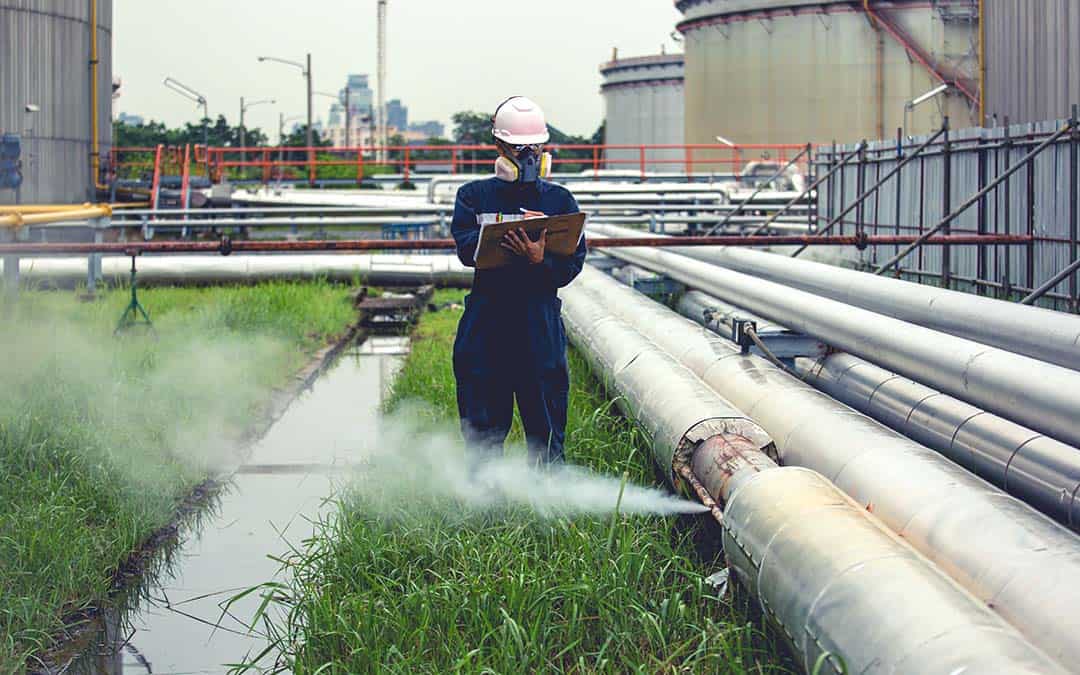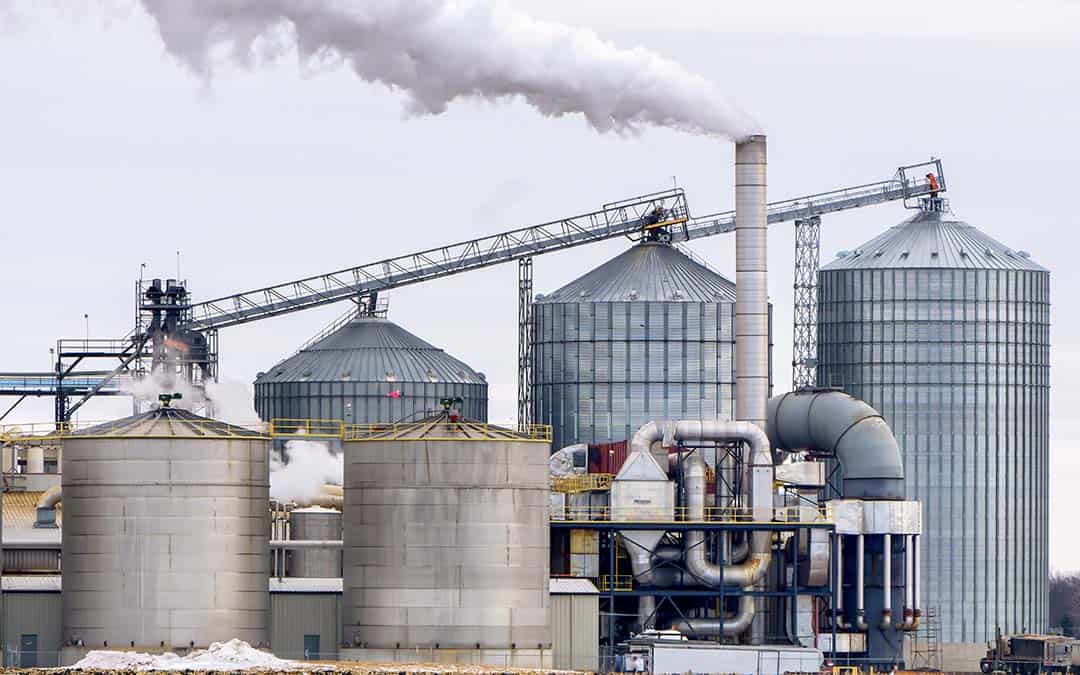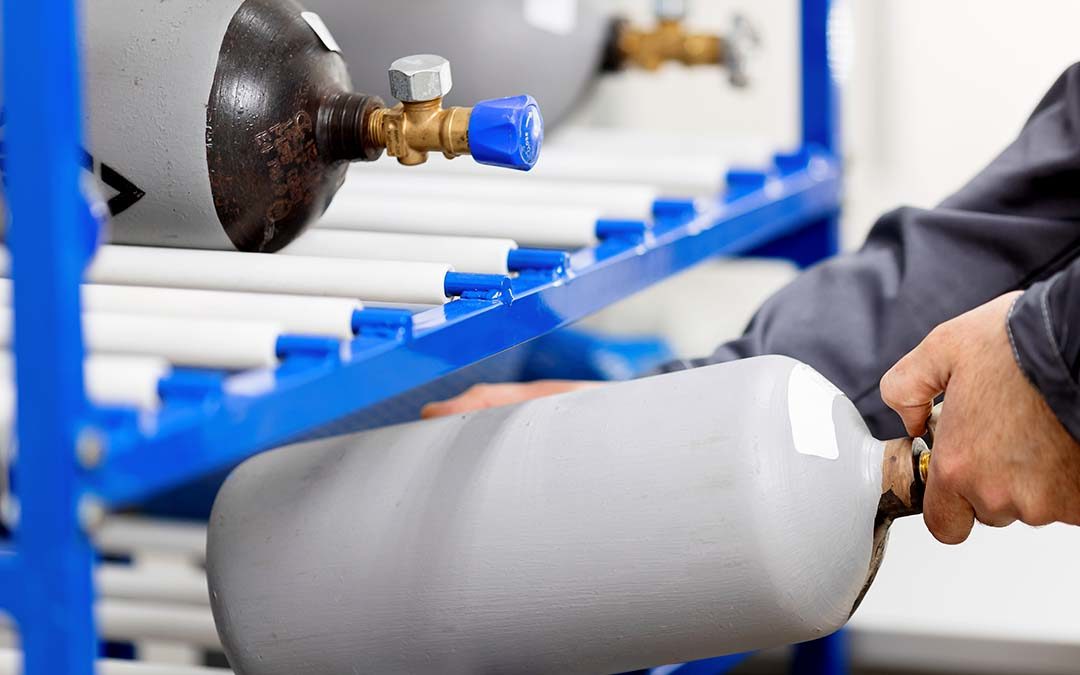At CalOx, we have a dependable supply of carbon dioxide (CO2) and are prepared to fulfill all orders from our customers. But, there’s been a lot of talk about challenges in the CO2 supply market. So, we wanted to look at some of those challenges.
The important bottom line is: CalOx does not anticipate any shortages of CO2 affecting our customers. Our CO2 supplies have not been contaminated, and we remain ready to serve existing and new customers.
That said, the national CO2 supply chain has been affected by some providers experiencing contamination in their processes. Let’s look at some of those factors.
Contaminants in Raw Gas

CO2 production firms are responsible for the liquefaction and purification of the gas; some industries use liquid CO2 while others utilize gas. Plants are discovering contaminants in the raw gas extracted from natural sources. CO2 is often sourced from raw gas streams’ output by chemical operations and bioethanol plants. The gas can be contaminated by other compounds such as oil vapor, rust and pipe scale, and plasticizer compounds. Oil and grease vapor comes from industrial processes. Rust and pipe scale contamination results from old piping systems using inadequate purification equipment. With other contaminants, the issue may lie in the filter used to purify the carbon dioxide. Liquid CO2 can strip plasticizers from hoses, leading to contamination. Purifying CO2 can be expensive; modern solutions often require multi-stage purifiers to remove contaminants. Firms cannot fully operate with this increase of contaminated products. Failure to address contamination issues can put a product at risk for strange odors, bad tastes, spoilage and recalls.
Ammonia Plants
In addition to contamination issues, CO2 production is affected by ammonia plants. The production of ammonia is the first step in making fertilizers. Nitrogen is extracted from the air, and hydrocarbons are used as the primary source of hydrogen. During this operation, CO2 must be removed from the process gas. Manufacturing ammonia is one of the largest sources of food-grade CO2. Shutdowns in ammonia and fertilizer plants impact the supply chain. This setback is a common occurrence witnessed nearly every year by anyone in the industry. Fertilizer companies plan maintenance and shutdowns from April to July since peak production generally occurs from August to March. Shortages have been most notable in the summer, when demands for carbonated drinks are higher. Breweries and soft drink manufacturers face tough decisions among these shortages.

Bioethanol plants are the dominant feedstock in the U.S. Biofuels emit carbon dioxide when burned. Contamination issues within these plants put a significant strain on supply and demand. Any disruptions to sourcing have a substantial impact on meeting demand, resulting in higher prices, allocations and considerable deficiencies of products. Along with contamination, trailer and driver shortages cause problems for the CO2 industry. Both suppliers and customers will witness exacerbated business challenges in the coming months.
At CalOx, we’re more than just oxygen. Despite the CO2 supply deficiency, CalOx has no issues with CO2 supplies, and we are accepting new customers. From food-grade to medical-grade carbon dioxide, CalOx is here to deliver what you need for your business, whether you are a current customer or a new one. CO2 custom mixtures, equipment, accessories and services are also available. We make it easy to get the gases you need, including medical oxygen, nitrous oxide, liquid nitrogen and carbon dioxide. We offer subscriptions and delivery services.
Summary
Liquid and gas carbon dioxide (CO2) has many uses in different industries, from carbonated beverages to insufflation during surgery. CO2 supplies were already strained due to pandemic shutdowns, but contamination in the raw gas is causing a CO2 shortage. CO2 firms are responsible for the liquefaction and purification of raw gas.
Contaminants have been discovered in the raw gas extracted from ammonia production and bioethanol plants, two of the largest sources of CO2. Oil vapor, rust, pipe scale and plasticizer compounds can contaminate the gas. Firms cannot fully operate with this increase of contaminated products. Contamination issues within these plants put a significant strain on supply and demand. Driver shortages and annual ammonia factory shutdowns are also causing problems for the CO2 industry.
CalOx specializes in delivering carbon dioxide, medical oxygen, liquid nitrogen, nitrous dioxide and compressed air for your business. To current and new customers, we are ready to meet your needs despite the carbon dioxide shortage. Through subscription and delivery services, we make getting the gases you need easy.
